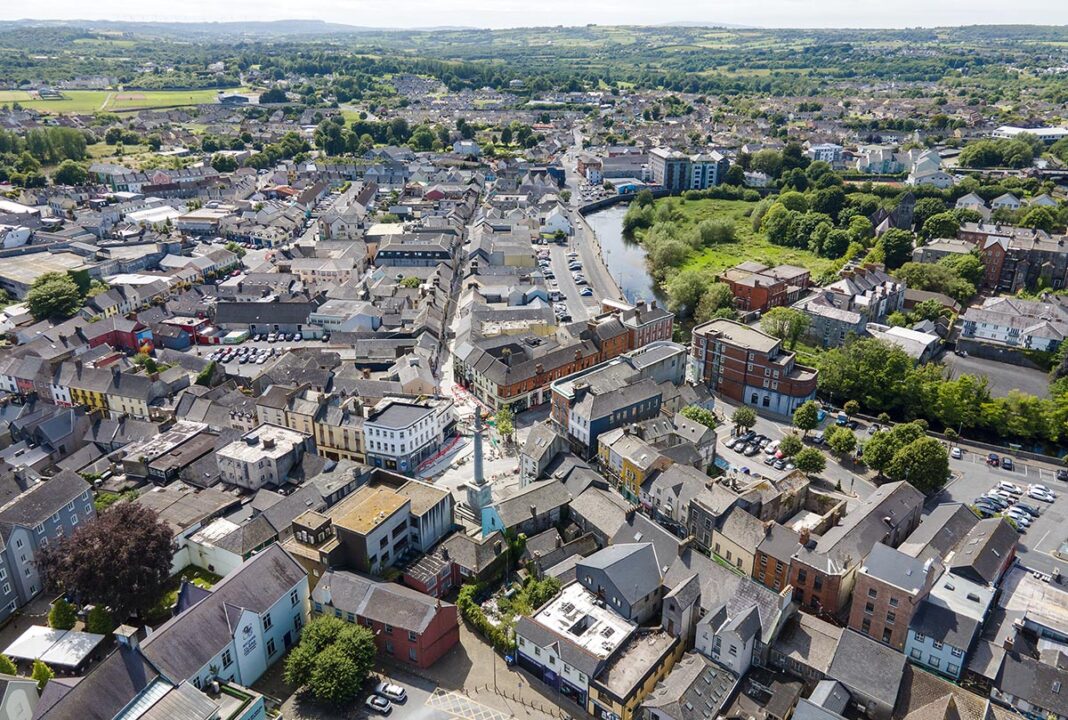The first national litter survey of 2024 by business group Irish Business Against Litter (IBAL) shows Ennis improving to 5th spot in the ranking of 40 towns and cities.
The study reveals an overall improvement in litter levels, and a decrease in cans and plastic bottles on our streets on foot of the Deposit Return Scheme.
The An Taisce report for Ennis stated: “A former IBAL winner, Ennis has regularly been a very high-ranking town over the last number of years – things were no different this time around, with no heavily littered sites. It would seem that there is great attention to detail in general presentation and cleaning regimes throughout Ennis. Among so many top-ranking sites, a few deserve a special mention e.g. the residential area of The Hawthorns was a template for a Grade A site, while Clare Museum & Surrounds was in very good order. Clearly a careful eye is kept on the closed down / boarded up property along Parnell Street.”
The study, conducted by An Taisce on behalf of IBAL, showed a healthy rise in towns reaching the upper tier of cleanliness – ‘Cleaner than European Norms’ – and a fall of 35% in the number of towns branded ‘littered’. Naas regained the top position it lost last year, ahead of Monaghan and new entrant Blanchardstown. Ballybane in Galway slipped to bottom of the rankings.
“Our study paints a much better picture than a few years ago, with levels of cleanliness definitely rising,” says IBAL’s Conor Horgan. “Once again, no town was judged to be either a ‘litter blackspot’ or ‘heavily littered’ – that’s real progress.”
There was a near-30% fall in the prevalence of can-related litter since the previous survey. While plastic bottles were also less common than in any past survey, they remain the third most prevalent form of litter on our streets.
“It’s early days and we’re still seeing too many plastic bottles on our streets, but we can expect further improvement as people become accustomed to the Deposit Return Scheme and the legacy non-returnable items are flushed out of the system. Ultimately, we should see can and plastic bottle litter disappear entirely.
“These initial results indicate that if there’s a monetary incentive to do the right thing, people will respond. The same logic applies to a coffee cup levy. Tackling specific litter types with tailored measures is the most effective way of ridding our streets of litter. We concede that it’s an inconvenience for people but that’s a price we must pay.”
Coffee cups, while down, were present in 1 of every 5 sites surveyed. Unlike in some countries, the Return Scheme does not include beer bottles, which were found in 10% of sites. “Is there a good reason why we cannot go further and make these bottles returnable also?” asks Horgan.
“It is disappointing that we see no progress in the development of degradable chewing gum. Across a swathe of industries, companies are adapting their products and packaging in the interests of the environment, but there seems to be no impetus for gum manufacturers to take such a step. As a result their products lie on our streets for decades and decades.”
Cigarette butt litter remains stubbornly high, present in 31% of the 500+ sites surveyed.
